Africa is home to a rich cultural heritage, with traditional clothing playing a significant role in showcasing the continent’s diversity and identity. In this article, we’ll explore five of the most popular African traditional clothing.
Top 5 Most Popular African Traditional Clothing
– Agbada (Nigeria – West Africa): A flowing embroidered gown originating from the Yoruba people, representing wealth, wisdom, and prestige. Worn by royalty, chiefs, and scholars for centuries, it’s a symbol of African pride and masculinity.
– Kente (Ghana – West Africa): A colorful textile originating from the Ashanti and Ewe people, representing royalty, prestige, and cultural heritage. Worn by kings, chiefs, and notable figures, it’s a symbol of Pan-African pride and recognized by UNESCO as a cultural heritage symbol.
– Dashiki (West Africa – Nigeria, Ghana, Senegal, Mali): A unisex garment originating from West Africa, representing African pride, identity, and resistance against colonial influences. Made from cotton, brocade, or wax print fabric, it’s a symbol of African pride and Black liberation.
– Boubou (Senegal, Mali, Nigeria, and other West African countries): A long, flowing robe originating from the Mali Empire, representing status, elegance, and cultural pride. Worn by men and women in formal or religious settings, it’s recognized as one of Africa’s most dignified outfits.
– Shúkà (Maasai – Kenya and Tanzania, East Africa): A traditional garment originating from the Maasai people, representing warrior status, strength, and cultural identity. Made from brightly colored fabric with plaid or striped patterns, it’s a symbol of Maasai culture and traditional African heritage.
African traditional clothing is a vibrant reflection of the continent’s rich cultural heritage. These five garments are not only beautiful and meaningful but also carry significant cultural and historical importance. They have inspired global fashion trends and continue to be worn with pride by Africans and the African diaspora worldwide.



